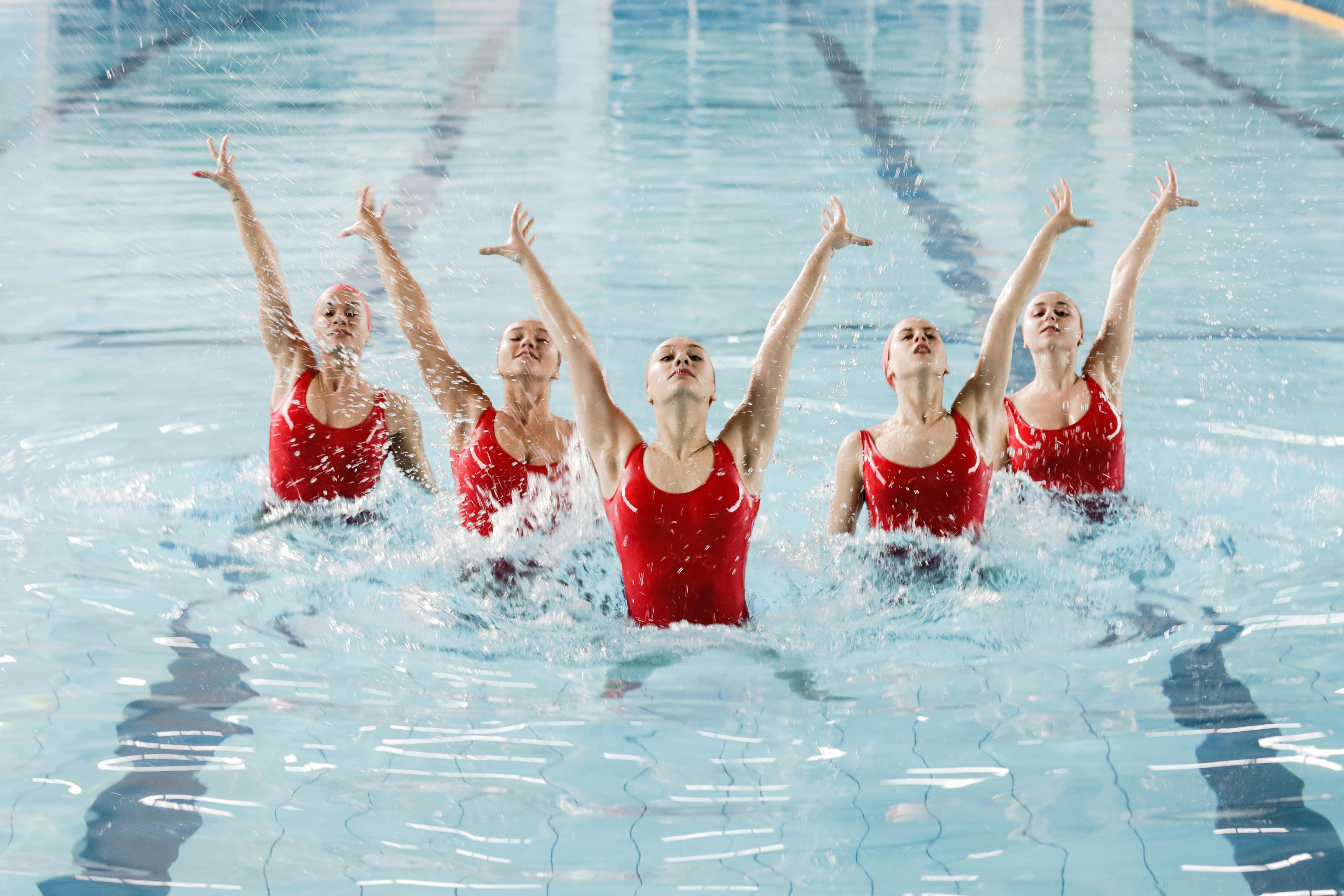Synchronised Swimming: The Artistic Sport Making Waves
Synchronised swimming, now known as artistic swimming, has a rich history that dates back to the 19th century. Originally performed as water ballet, it was first showcased in Berlin in 1891, and later in London in 1892. The sport gained popularity in the early 20th century, particularly in the United States where it was featured in early Hollywood films. In 1984, synchronised swimming was recognized as an official Olympic sport, further elevating its status on an international stage.

The Choreography of Strength: Physical Demands and Training
Synchronised swimming is not just about grace and synchrony. It is a test of endurance, strength, flexibility, and breath control. Swimmers spend countless hours perfecting their routines, both in and out of the water, often training for 6-8 hours a day. They undergo rigorous physical conditioning and technical training, along with practicing their routines to music. The sport’s high physical demands make it not just an artistic display, but also a challenging athletic endeavor.
Today’s Trends: The Evolution of Artistic Swimming
In recent years, synchronised swimming has evolved into artistic swimming, a name change that better reflects the sport’s emphasis on creativity and artistic expression. The sport has seen an infusion of more complex choreography, with increased difficulty and daring moves. Mixed duets, involving both male and female swimmers, have also been introduced, adding a new dimension to the sport.
Benefits and Challenges: The Dual Nature of Artistic Swimming
While the physical benefits of artistic swimming are numerous, including improved cardiovascular fitness, strength, and flexibility, the sport also poses significant challenges. Athletes must master the art of performing intricate movements while submerged in water, often upside down, and with limited oxygen supply. Despite these challenges, the rewards of the sport, including team camaraderie, artistic expression, and physical fitness, make it a captivating pursuit for many athletes.
The Future of Artistic Swimming: Forecasted Developments
The future of artistic swimming is bright, with the sport continuing to evolve and grow. There is potential for further innovation in routines, with the incorporation of new movements and techniques. The rise of mixed duets also indicates a shift towards more inclusivity in the sport. As artistic swimming continues to push boundaries, it remains a fascinating spectacle of strength, endurance, and artistic expression.
Artistic swimming is more than a sport—it’s a testament to the power of synchrony, creativity, and athletic prowess. It’s a unique blend of art and athleticism that continues to captivate audiences worldwide. With its rich history, rigorous training, and evolving trends, it’s a sport that not only challenges athletes but also inspires spectators with its beauty and grace.




